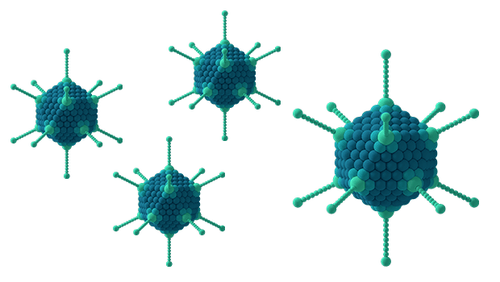This is an automatically translated article.
The article was professionally consulted by a Doctor of Medical Examination & Internal Medicine - Vinmec Central Park International General HospitalNerve infections include a wide range of diseases caused by viruses, bacteria, parasites or fungi that invade and affect the body's nervous system. Although advances in diagnosis and treatment now make it possible to detect neurological infections early, the condition can still cause more serious problems, turn chronic, and even become life-threatening. patient's network.
1. Neurological infections
According to the World Health Organization, in addition to the causes of infection mentioned above, at present, other important factors related to neurological infections include drug resistance, the number of people with immunocompromised (people with acquired immunodeficiency syndrome (AIDS), malnutrition), a number of previously rare diseases are on the rise (Lyme disease, rickettsioses fever, Creutzfeldt–Jakob disease) and Ebola).
Most of these diseases have high mortality rates in some populations and cause serious complications, disability, and economic burdens on individuals, families and health systems. Education, surveillance, development of new drugs and vaccines, and other policies are constantly evolving to combat emerging and old infectious diseases.
Some common neurological infections that have a major impact on health systems, especially in developing countries include:
Viral diseases: HIV/AIDS, viral encephalitis, polio, and rabies. Mycobacterial and other bacterial infections of the nervous system: tuberculosis, bacterial meningitis and tetanus. Parasitic diseases: central nervous system fluke larvae, cerebral malaria, toxoplasmosis, Chagas disease, African sleeping sickness, schistosomiasis and hydatidosis.
2. Symptoms

Sốt là triệu chứng thường gặp của nhiễm trùng thần kinh
Depending on the site and cause of the infection as bacteria, viruses, fungi can target the brain, spinal cord, peripheral nervous system causing central nervous system infection or peripheral nerve damage with various symptoms. However, typical signs of infection often include:
Fever Pain or redness at the site of infection Drowsiness Confusion Seizures
3. Effects of Nervous Infections
Neurological infections affect millions of people around the world, especially in some areas in Africa and Southeast Asia. Most of these diseases have high mortality rates in some populations and cause serious complications. Even with the availability of effective antibiotics and vaccines, neurological infections remain a major challenge for many countries around the world, especially in developing countries with high quality healthcare. poor health.
Some diseases have been controlled in developed countries such as polio, leprosy, but these diseases are still dangerous in developing countries.
In contrast, some infections caused by protozoan protozoan parasites and helminths, which are so specific to the tropics, are now on the rise in developed countries.
Please dial HOTLINE for more information or register for an appointment HERE. Download MyVinmec app to make appointments faster and to manage your bookings easily.
Articles refer to sources: WHO, Mayoclinic













